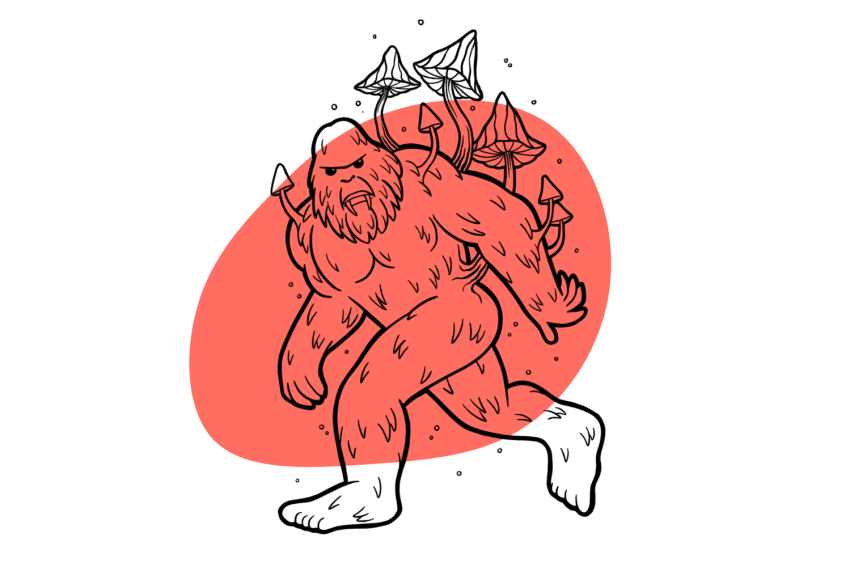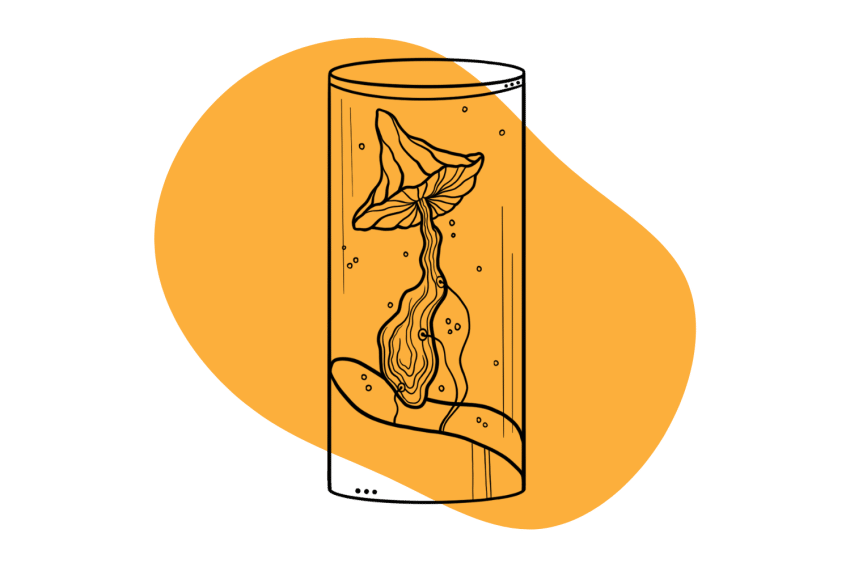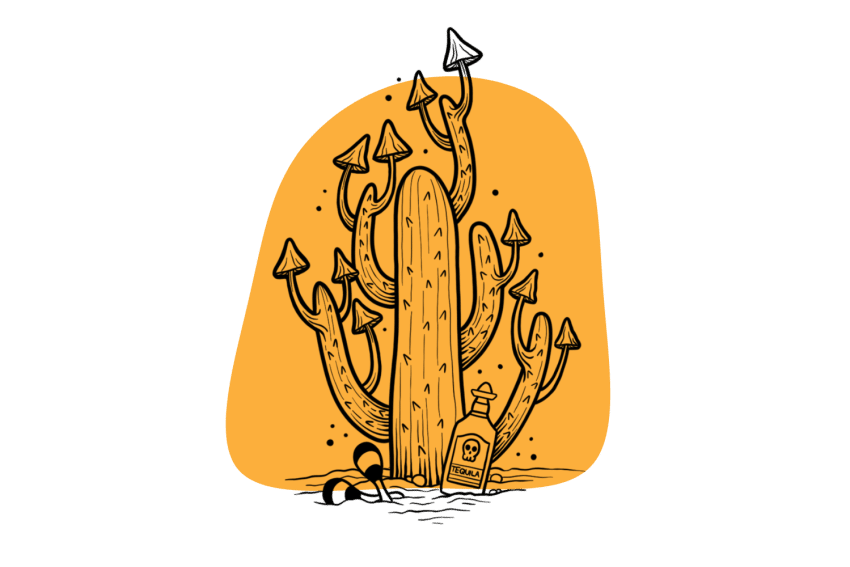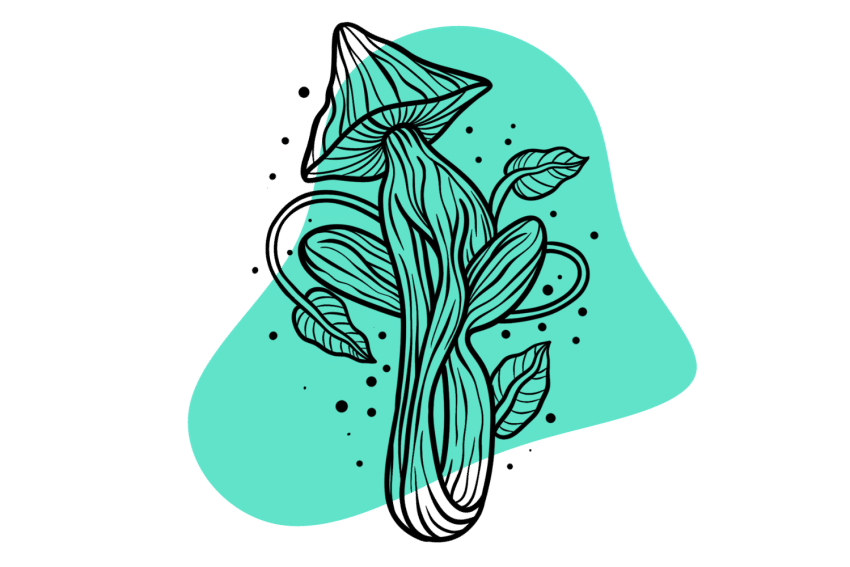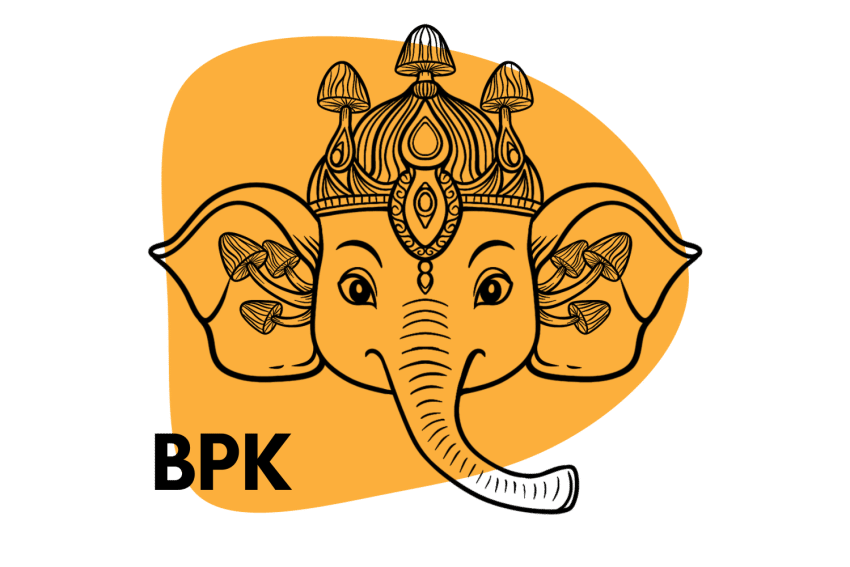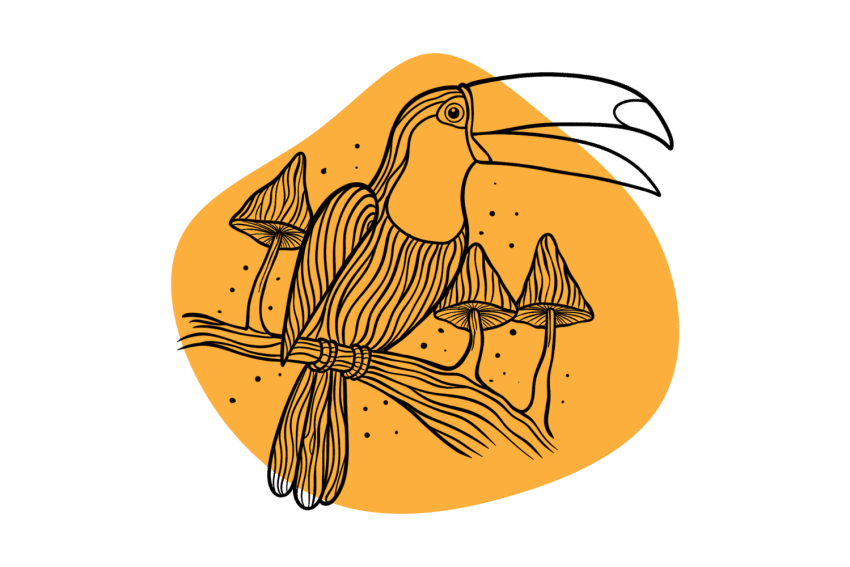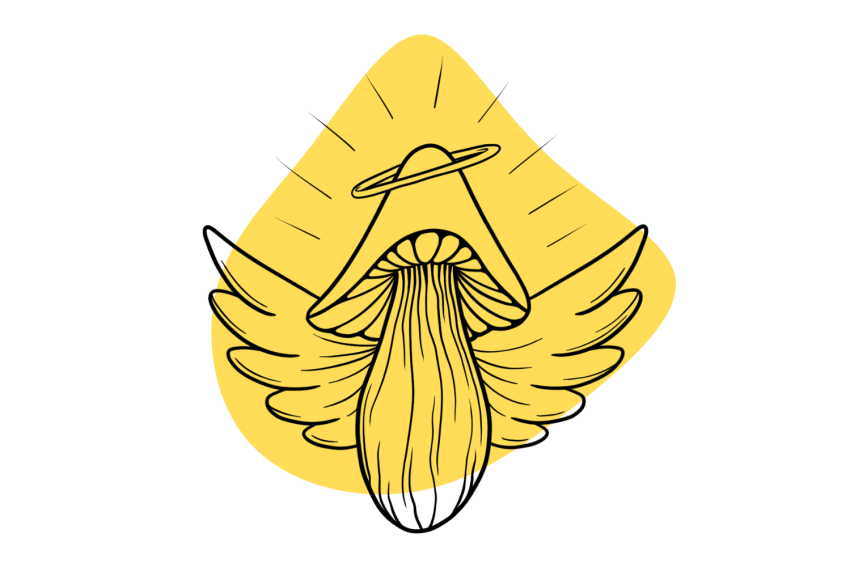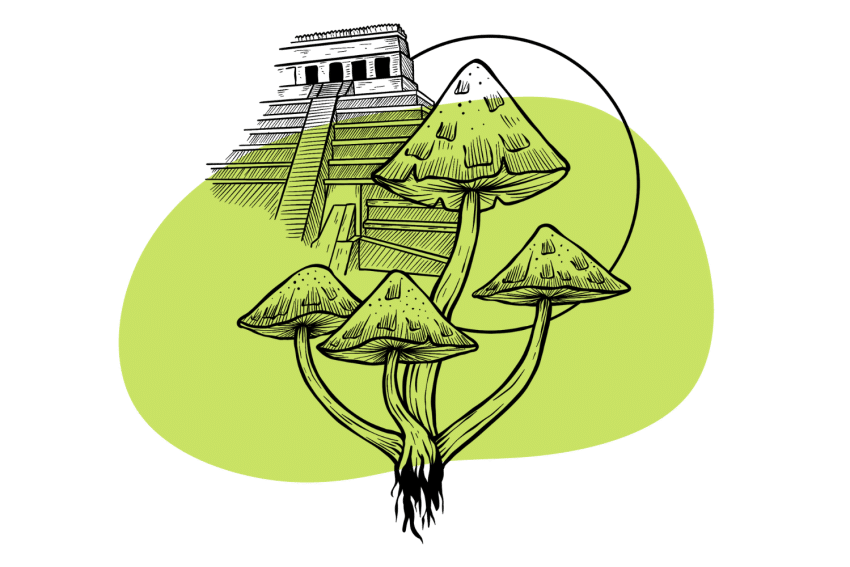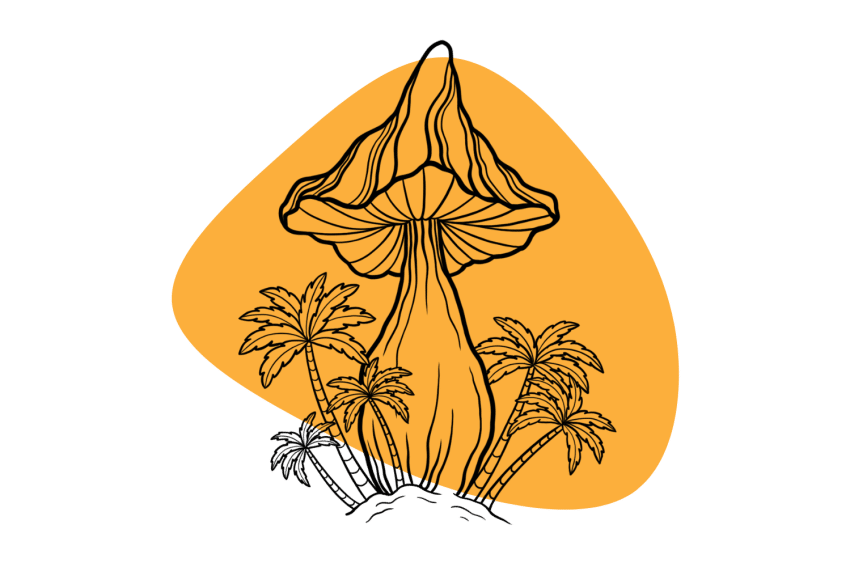The Hanoi Magic Mushroom Strain: Potency, Spores, & Cultivation Tips
This strain is an aggressive colonizer and fruits exceptionally quickly. The mushrooms are relatively large and have above-average potency.
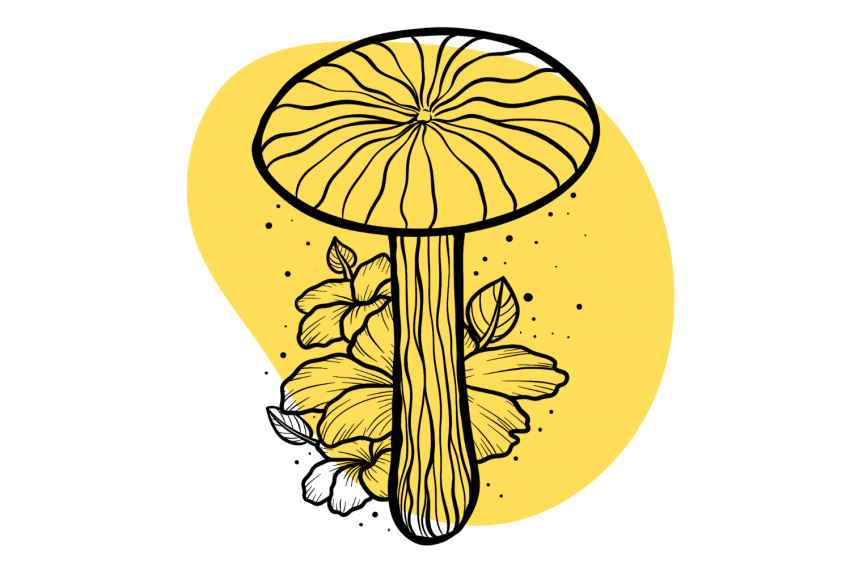
The Hanoi mushroom is one of the many strains of Psilocybe cubensis that the legend John Allen brought back from his travels through South East Asia during the 1990s.
This strain has several desirable traits and is well-rounded overall. It’s known for producing particularly strong mushrooms, is easy to grow, and the spores are easy to find online.
The Hanoi strain is contamination-resistant and can cope well with unstable growing environments. When cultivated correctly, Hanoi produces excellent yields of medium-sized mushrooms across several flushes. It can be grown without too much in the way of equipment or knowledge, making it an excellent choice for beginners.
Hanoi mushrooms have large brown caps that are rounded when young. During maturity, the caps open, creating large brown “dinner plates.” The stems are long, white, and even in thickness throughout their length.
Hanoi Strain Specs
| Potency | Above Average 💪 |
| Cultivation | Easy |
| Species | Psilocybe cubensis |
| Substrate Recommendation | BRF, Rye Grain, Pasteurized Manure |
| Cost | $ |
| Sold By | Spores 101, Sporestore, The Magic Mushrooms Shop |
History of the Hanoi Strain
The Hanoi strain was collected by none other than “Mushroom” John Allen on his travels through South East Asia in the 1990s. It was discovered just outside of the city of Hanoi — the second-largest city in Vietnam. However, some sources say that it was found far earlier.
Some vendors claim that the Hanoi mushroom was discovered on a small rural farm outside of Hanoi growing in a pile of livestock manure and straw in the early 1900s. We’ll never know the exact origins of this strain, but we believe that John Allen was the first to bring it back to the west, where its spores would be domesticated and introduced to the market.
These magic mushrooms have likely been known for centuries. They were probably found by a western mycologist back in the early 1900s, but until John Allen discovered them in the 1990s, they weren’t particularly known about in the western world.
This well-rounded strain is becoming increasingly popular for its aggressive colonization and fruiting habits, as well as its potency, ease of cultivation, and yield potential.
Hanoi Potency & Psilocybin Content
You can expect above-average potency from this strain — however, formal tryptamine testing has not yet been performed on this strain. We estimate the total tryptamine levels of this strain to fall somewhere between 0.9% and 1.8% of the dried weight.
The effects of this strain are highly visual and have a tendency to produce powerful waves of euphoria.
Many reports support the claim that Hanoi is surprisingly calming when consumed in low doses, with light visual distortion such as blurred outlines and faint geometric patterns noticeable.
The trip is undeniably intense when larger doses of Hanoi are consumed (three to five grams of dried mushrooms). Both strong closed and open-eye visuals, as well as audible hallucinations, can occur. Waves of energy and euphoria create a strong physical high, and the effects are said to last over seven hours.
A large dose of these mushrooms isn’t for the faint-hearted. However, if you’re looking for a truly mystical experience with a strong potential for open-eye visuals, this is a fantastic stain.
Where to Buy Hanoi Spores
Hanoi spores are relatively common and can be purchased from various reliable vendors.
If you’re based in the United States, we recommend purchasing Hanoi spores from SporeStore.
Spores 101 also has a Canada-based webshop if you’re living in Canada. Hanoi spores are available in the form of spore syringes.
If you’re based in the United Kingdom or mainland Europe, The Magic Mushrooms Shop stocks Hanoi spore vials. They ship to most countries within Europe, but it’s essential to check your country’s laws before ordering.
How to Grow Hanoi Mushrooms
The Hanoi strain, and most Psilocybe cubensis strains for that matter, is surprisingly easy to grow. Hanoi is a tropical strain of Psilocybe cubensis that thrives in wet, warm, and humid conditions. It can be found growing in the pastures and farmland of rural Vietnam.
With its habitat in mind, keeping a stable temperature and humidity is vital if you want to see the best results from this strain. We recommend cultivating these shrooms at a temperature of between 23 and 28 degrees Celsius (73 and 82 degrees Fahrenheit) and a humidity of around 80%.
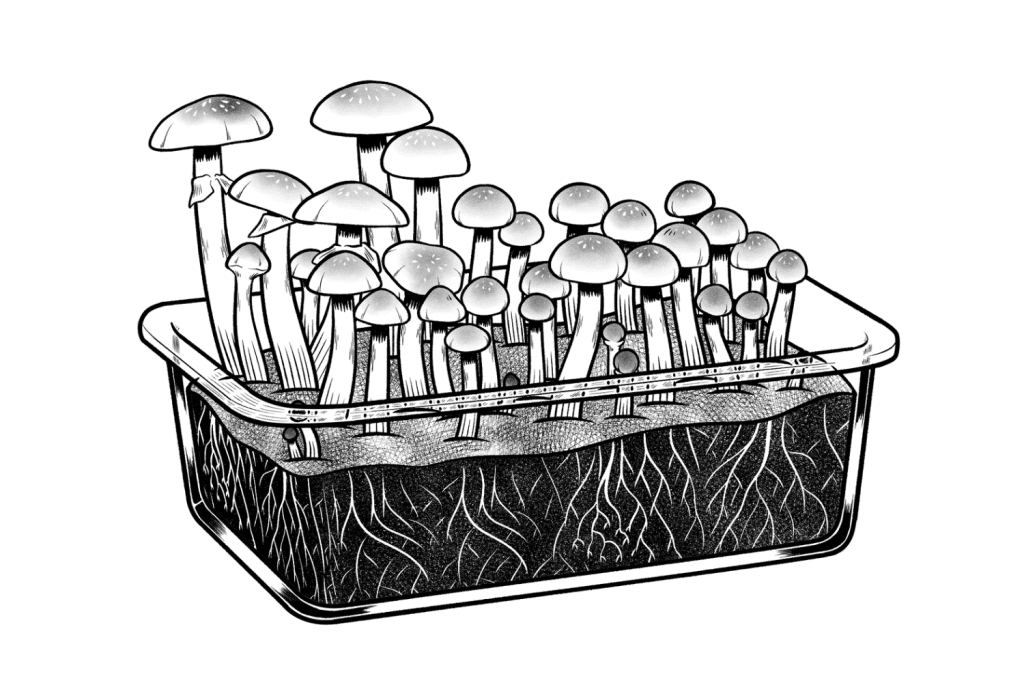
You can grow magic mushrooms relatively simply using a cultivation method called PF-Tek. This method involves using sterile jars filled with a growing substrate. Hanoi is best grown on BRF (brown rice flour) mixed with vermiculite, but manure or grain may also be effective. This substrate is mixed into “cakes,” and the jars are filled.
The substrate can be inoculated with the Hanoi spores from here using a spore syringe. The jars are then left in darkness until the cakes have colonized with mycelium.
Once this phase is complete, the cakes are removed and transferred into a fruiting chamber. A fruiting chamber is essentially a box with a layer of the substrate at the bottom. The box is left in a warm area and sprayed daily to keep the humidity level up.
After some time, the cakes will begin to fruit, and the mushrooms can be harvested as they mature and before they drop their spores. The cakes will then produce shrooms until the colonies eventually succumb to mold.
There’s a lot more to cultivating psilocybin-containing shrooms than this. If you want to learn more, have a read through our guide on how to grow magic mushrooms.
The Hanoi strain seems to be a pretty aggressive invitro pinner. This means mushrooms can start to form early before the substrate inside the jars has been fully colonized. This can be extremely problematic.
During colonization, the jars must be kept in complete darkness. People have reported that even checking the jars for 30 seconds to see how the mycelium is doing has resulted in pinners (the start of a mushroom) the following day.
It’s important that you leave the jars in complete darkness and avoid the temptation to check them for as long as possible. Of course, you’ll need to check whether they’re ready for fruiting. In this case, if possible, use a red light like those on a head torch to check and keep the surroundings dark.
Of course, being an aggressive fruiter does have its perks. If you can get through the colonization stage relatively hassle-free, the Hanoi mycelium cakes will fruit immediately when transferred to the fruiting chamber. This means a lot of healthy mushrooms in a short amount of time.
Other Beginner Magic Mushroom Strains
Hanoi is a fantastic strain for beginner growers because it’s highly resistant to contamination and can be grown in an unoptimized environment. It’s an easy-to-cultivate strain that’s relatively fool-proof. Good results can be produced with basic equipment and limited knowledge.
Hanoi isn’t the only great beginner strain, however.
If you’re a beginner that’s looking for a good strain for your first cultivation, here are a few to check out:
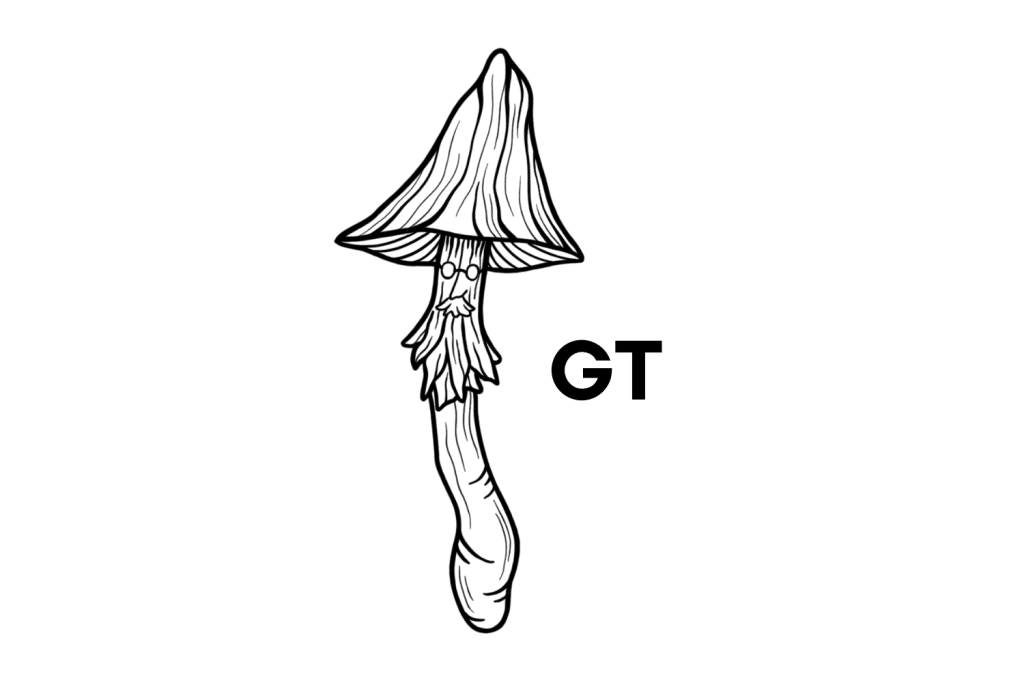
Golden Teachers (GT)
Golden Teachers are one of the most popular mushroom strains for beginner growers. They’re easy to cultivate thanks to their tolerance to unoptimized conditions and excellent contamination resistance.
This strain has been circulating the market since the 1980s and has been a popular choice among amateur cultivators for decades. The shrooms aren’t much to look at, but the strain is well-rounded, produces dense flushes, and has above-average strength when grown in good conditions.
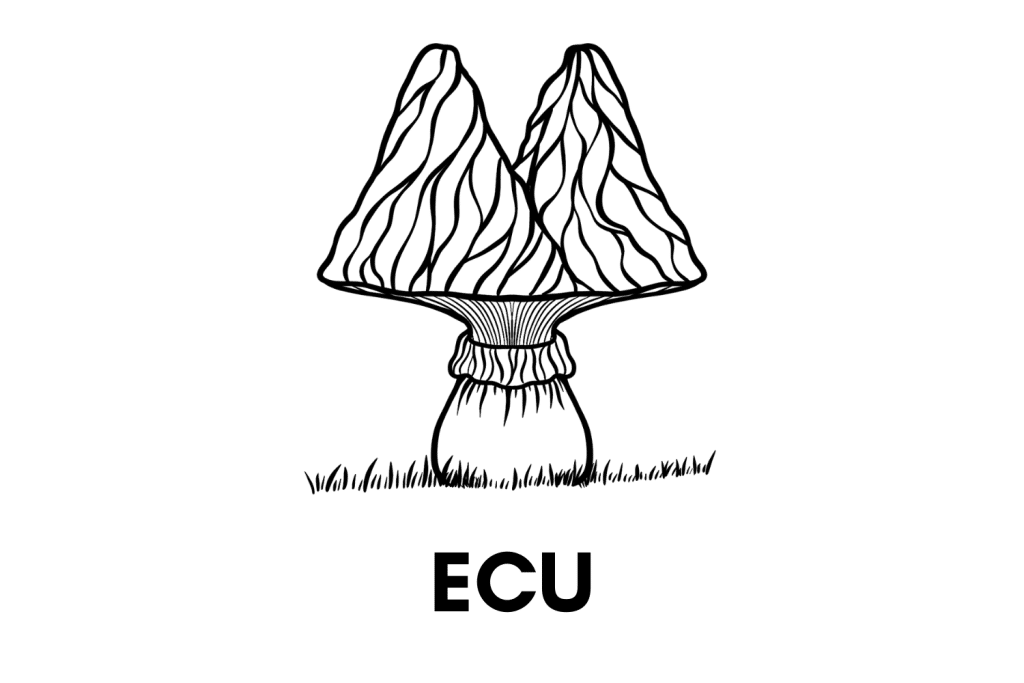
Ecuador (ECD)
The Ecuador strain was discovered over 30 years ago, growing in the mountains of Ecuador. This strain is relatively slow to colonize but produces large fruiting bodies with high potency. It’s resistant to contamination and can grow in an unoptimized environment, making it a great choice for the beginner.
The slow colonization times can put some people off cultivating this strain, but if you’re patient, you will reap the rewards. Several good flushes of giant potent shrooms can be produced without much equipment or cultivation knowledge.
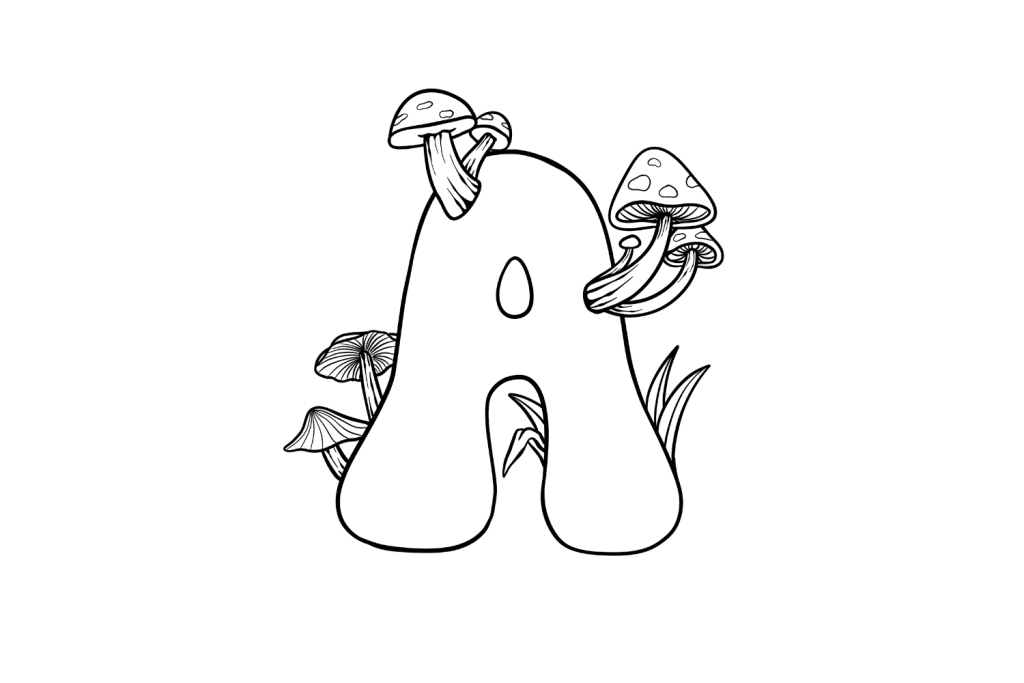
A-Strain (A+)
A-Strain, otherwise known as A+, was created by Mr. G — a mushroom cultivator famous among the users of the Shroomery forum.
A-Strain is famed for its large yellow caps of above-average potency. It’s incredibly contamination-resistant and can withstand cultivation in an unoptimized environment. This is a popular choice among beginner cultivators because several dense flushes of large mushrooms can be produced without much in the way of cultivation equipment or knowledge.
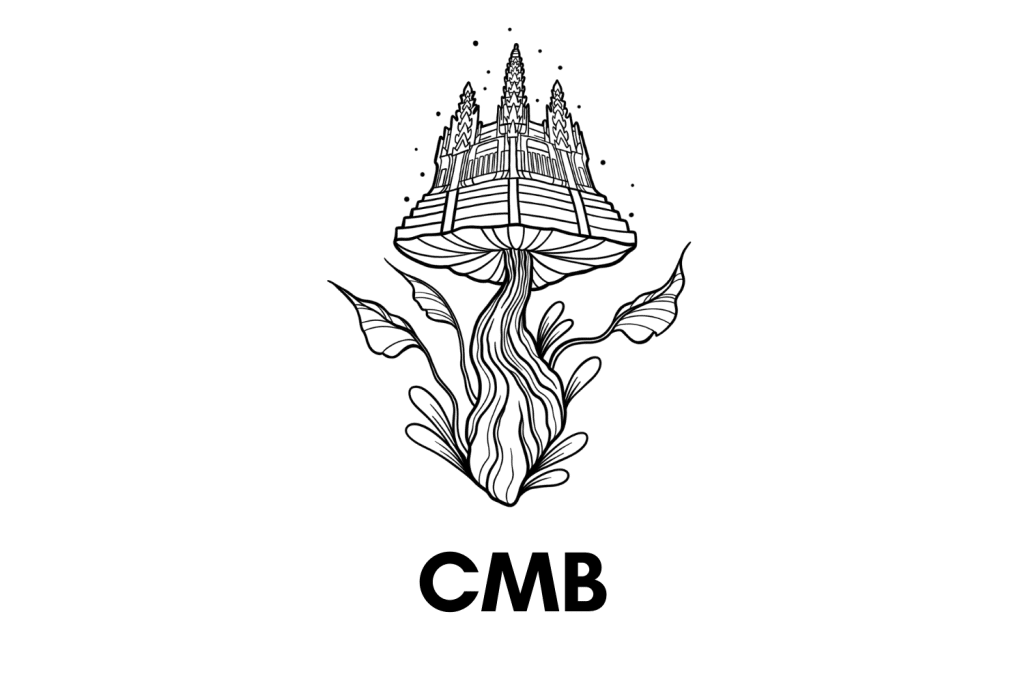
Cambodian (CMB)
The Cambodian a strain of Psilocybe cubensis from South East Asia is popular for its high resistance to contamination and ability to thrive in unoptimized growing conditions. John Allen also collected this strain. It was found near an ancient temple called Angkor Wat in Cambodia.
The fruiting bodies are similar to the Hanoi strain. However, they’re far darker and a bit smaller. The caps are tanned, turning brown through maturity. The stems are golden in color and of even thickness throughout their length.
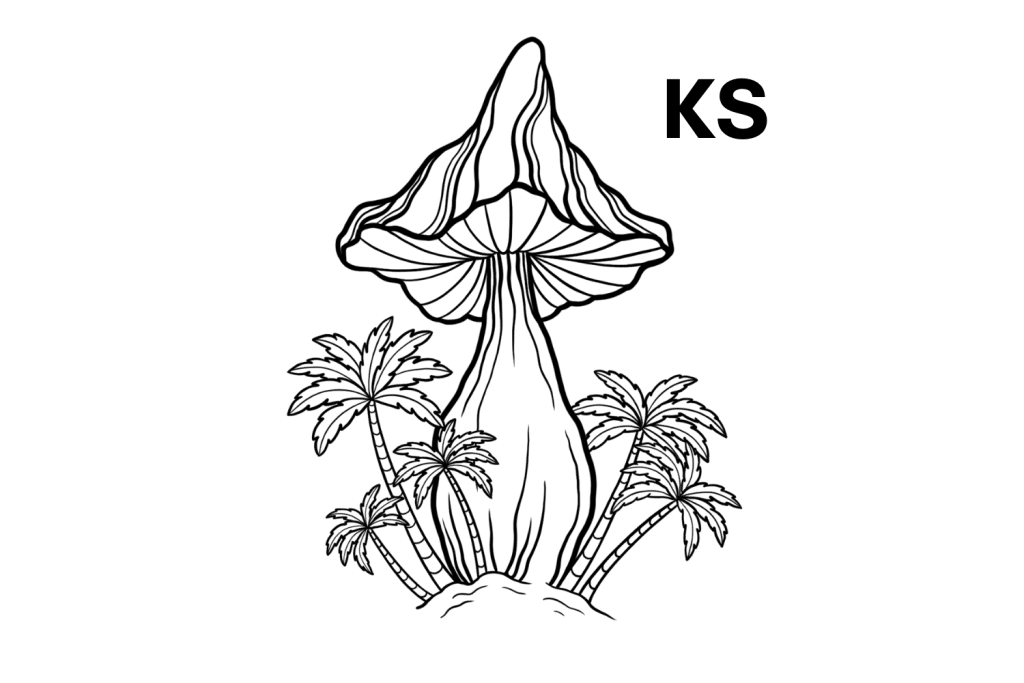
Koh Samui (KS)
John Allen discovered Koh Samui during his travels through South East Asia. This strain grew outside the town of Hua Thanon on the island of Koh Samui, Thailand. Like most other South East Asian strains, Koh Samui is hugely resistant to contamination and can grow well in unoptimized conditions.
This strain doesn’t resemble Hanoi as closely as Cambodian does. The fruiting bodies are much shorter and fatter, with thick stems and juicy caps.
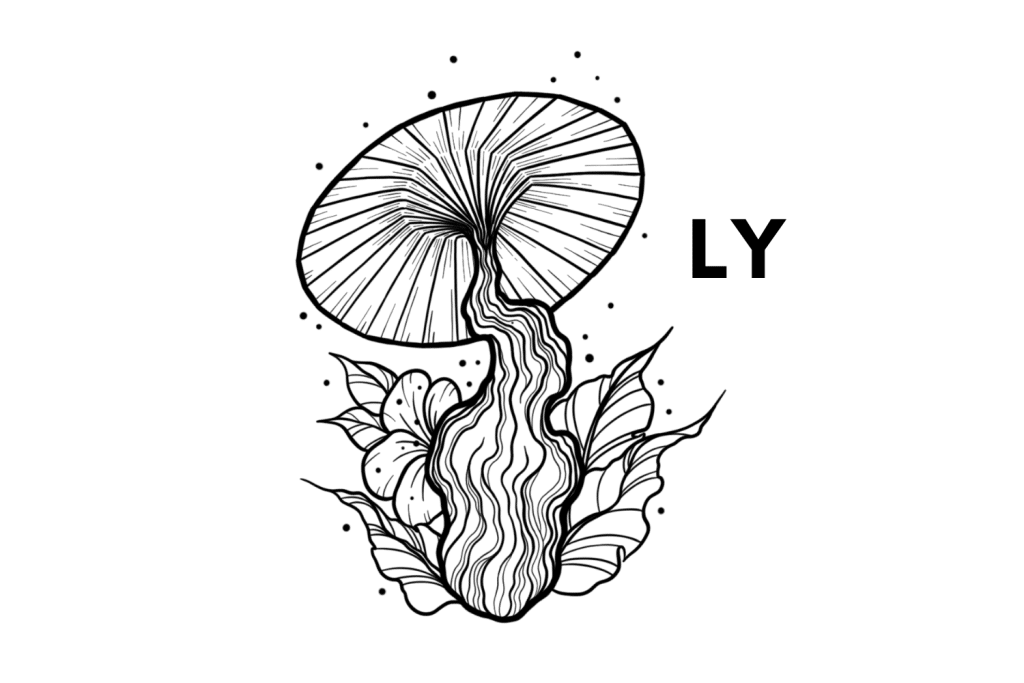
Lipa Yai (LY)
Lipa Yai is another Thai strain that John Allen discovered. It closely resembles Koh Samui, but the fruiting bodies are much taller and skinnier — looking remarkably similar to the Hanoi strain.
This strain is renowned for its contamination resistance and is another excellent strain for beginner growers. It has average potency, and large yields can be produced through several flushes before the colony succumbs to mold.
Strains vs. Species: What’s The Difference?
Hanoi is a strain of the fungi species Psilocybe cubensis. Although there are hundreds of different magic mushroom strains, most of them belong to the same species (Psilocybe cubensis).
Although these magic mushroom strains can vary drastically from one another in appearance, potency, size, and colonization speeds, they all belong to the same species.
You see, a strain is simply a genetic variant of a single species, and they exist in several species throughout all six kingdoms (Eubacteria, Archaea, Protista, Fungi, Plantae, and Animalia). Strains occur naturally, and different genetic variants of trees, plants, animals, and fungi can be clearly seen in nature.
We, as humans, also create strains through crossbreeding. We do this to create desirable traits in a particular organism. Take dog breeds, for example. There are hundreds, if not thousands, of different dog breeds (essentially “strains”), all because we’ve crossbred the species over centuries to develop hounds with different visual traits and characteristics.
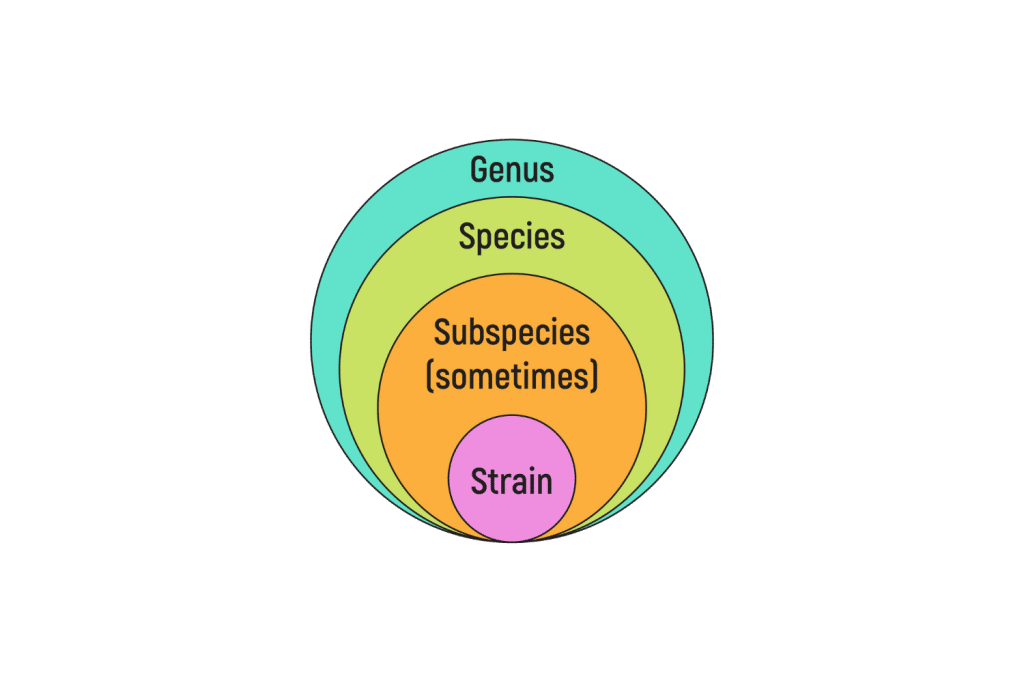
Just look at cannabis, and you’ll find close to 1000 different strains that are all vastly different in looks, smell, taste, potency, and medicinal value. These strains have been developed over years of crossbreeding to create strains tailored to specific medical conditions, are better for recreation, produce massive yields, or are less susceptible to the cold.
Psilocybin mushrooms are much the same as cannabis. Although many different strains of Psilocybe cubensis are collected from the wild, we’ve also cross-cultivated several strains to create new traits. Some of the most potent strains are cross-cultivation products, such as Tidal Wave, White Rabbit, and Albino Penis Envy.

